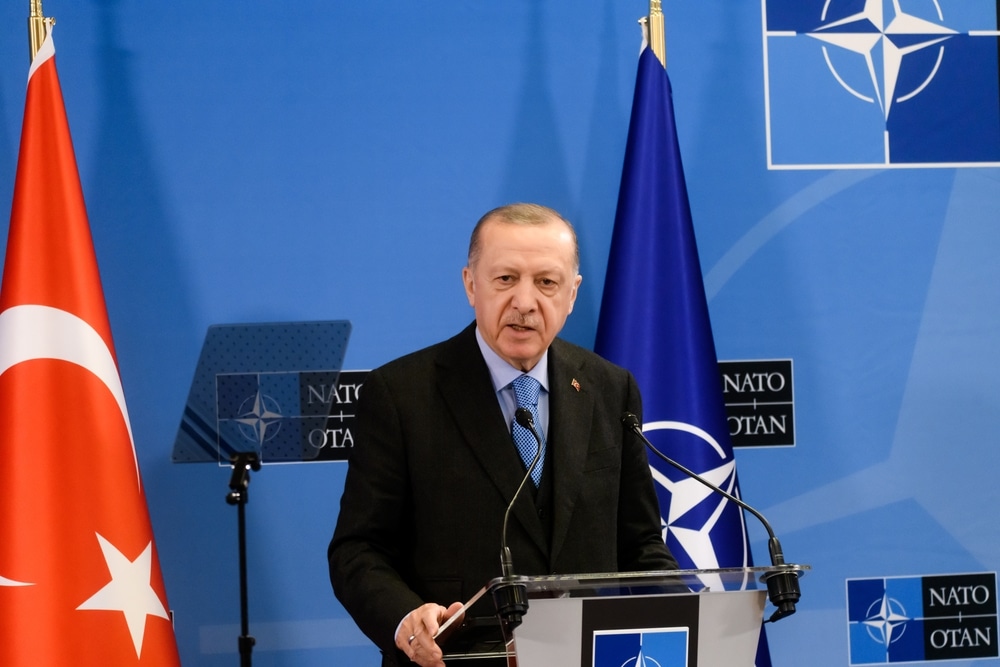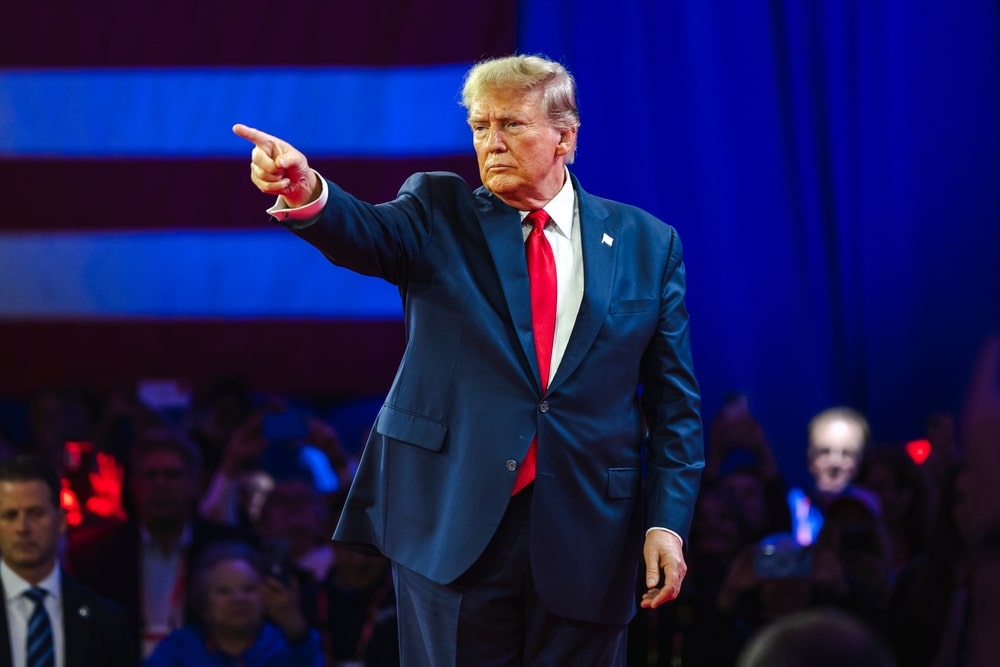In January, this newsletter took a look at emerging ideas for state-backed digital money — speculating that a new breed of e-money was poised to take the center of the global stage.
As we cross the mid-year threshold, a slew of developments from the U.S., Europe and the rest of the world show that the future of state-backed money is starting to crystallize.
By and large — despite the many obstacles to these technically demanding and politically sensitive overhauls — the world’s monetary authorities are demonstrating that they remain determined to move them forward.
Here are three takeaways from the current state of play. Wholesale remains an easier sell. On Thursday, the New York Fed and its partners announced that a three-month digital dollar pilot for global payments had shown promising results.
This represented a notable spurt of progress in American monetary innovation, and it’s no surprise it came on the wholesale side of central bank digital currencies, which pertains to transactions between financial institutions.
Up to now, the U.S. has lagged much of the rest of the world in CBDC development. In part because the stewards of the global reserve currency have less to gain from changes to the monetary status quo.
But it hasn’t helped that the idea of a CBDC has encountered populist opposition in the U.S., where opponents have speculated it could be used to impose a restrictive social-credit system.
Even in Europe, which is well ahead of the U.S. in its CBDC development, privacy concerns are proving a sticking point. When the European Commission unveiled draft CBDC legislation late last month, one commissioner felt compelled to declare to reporters, “This is not a Big Brother project.”
But such concerns are much more relevant to retail CBDCs, which are meant for use by individual citizens, leaving a path open for wholesale projects like the New York Fed’s.
Geopolitics is driving tech developments. Last week, Russian state sources reported that the emerging BRICS [Brazil, Russia, India, China, South Africa] economies are planning to introduce a new gold-backed currency at the bloc’s summit next month in South Africa.
The reports contradict comments made last week by an executive at the BRICS development bank, Leslie Maasdorp, who told Bloomberg TV on Wednesday that a new shared BRICS currency remains a “medium- to long term-ambition.”

















